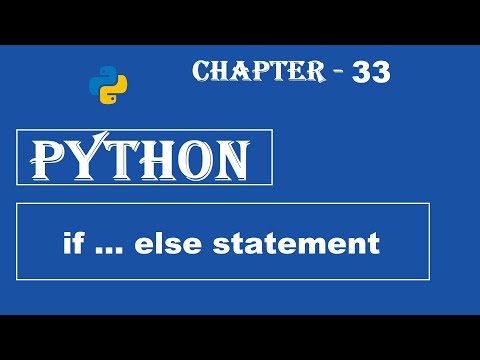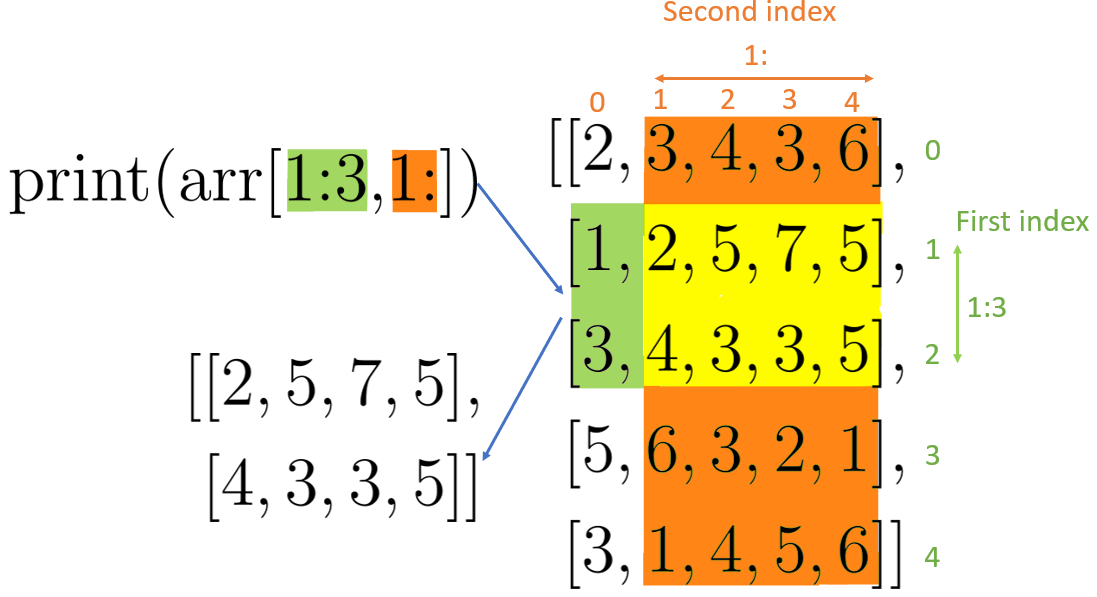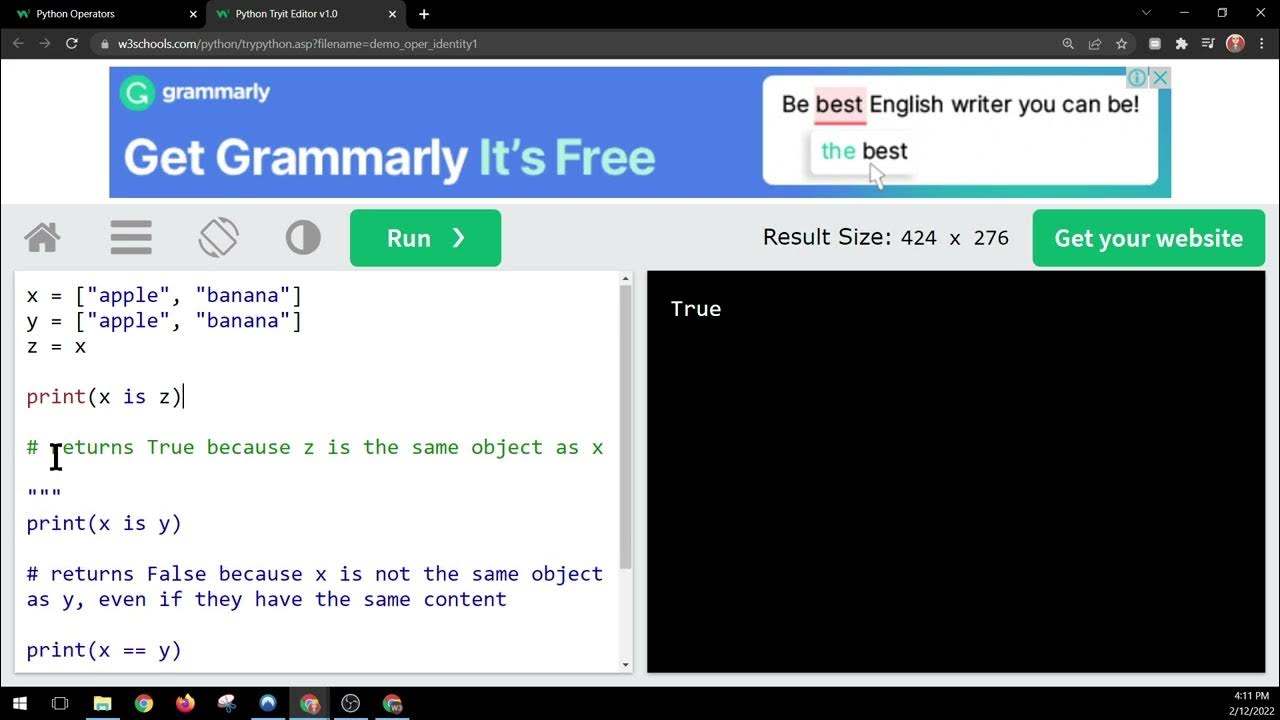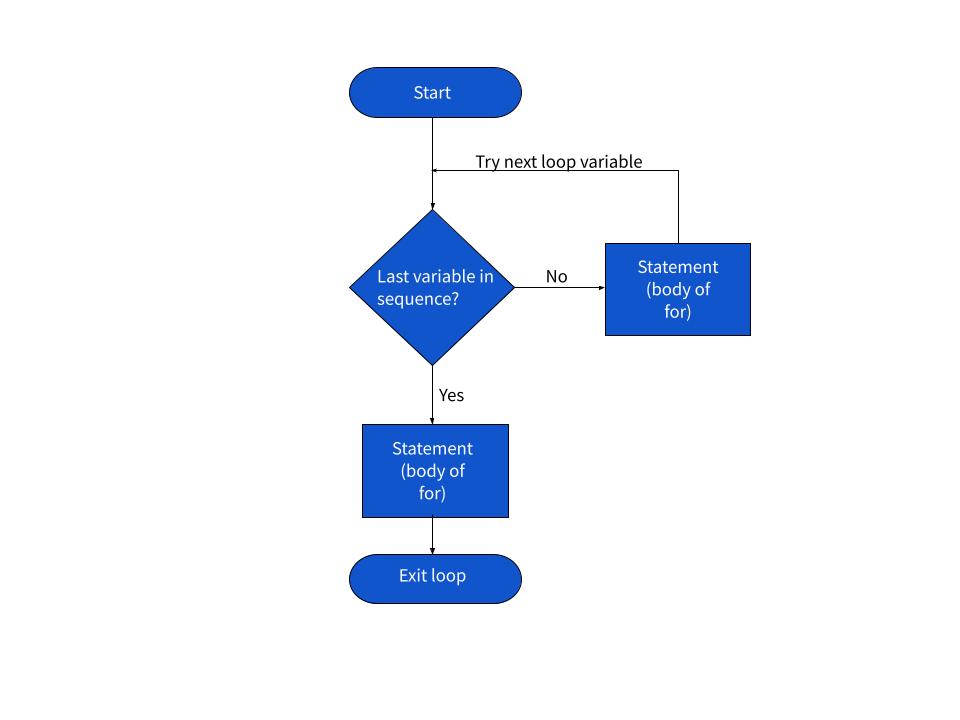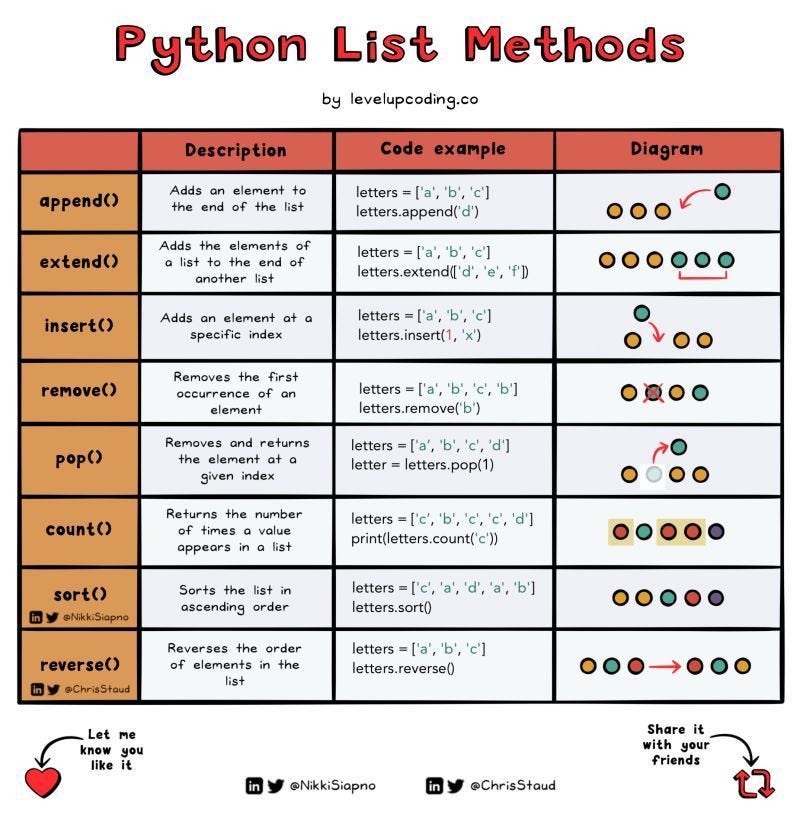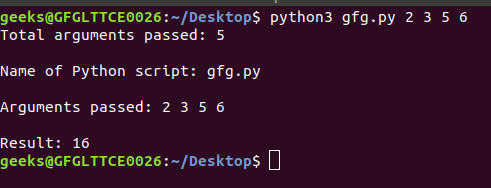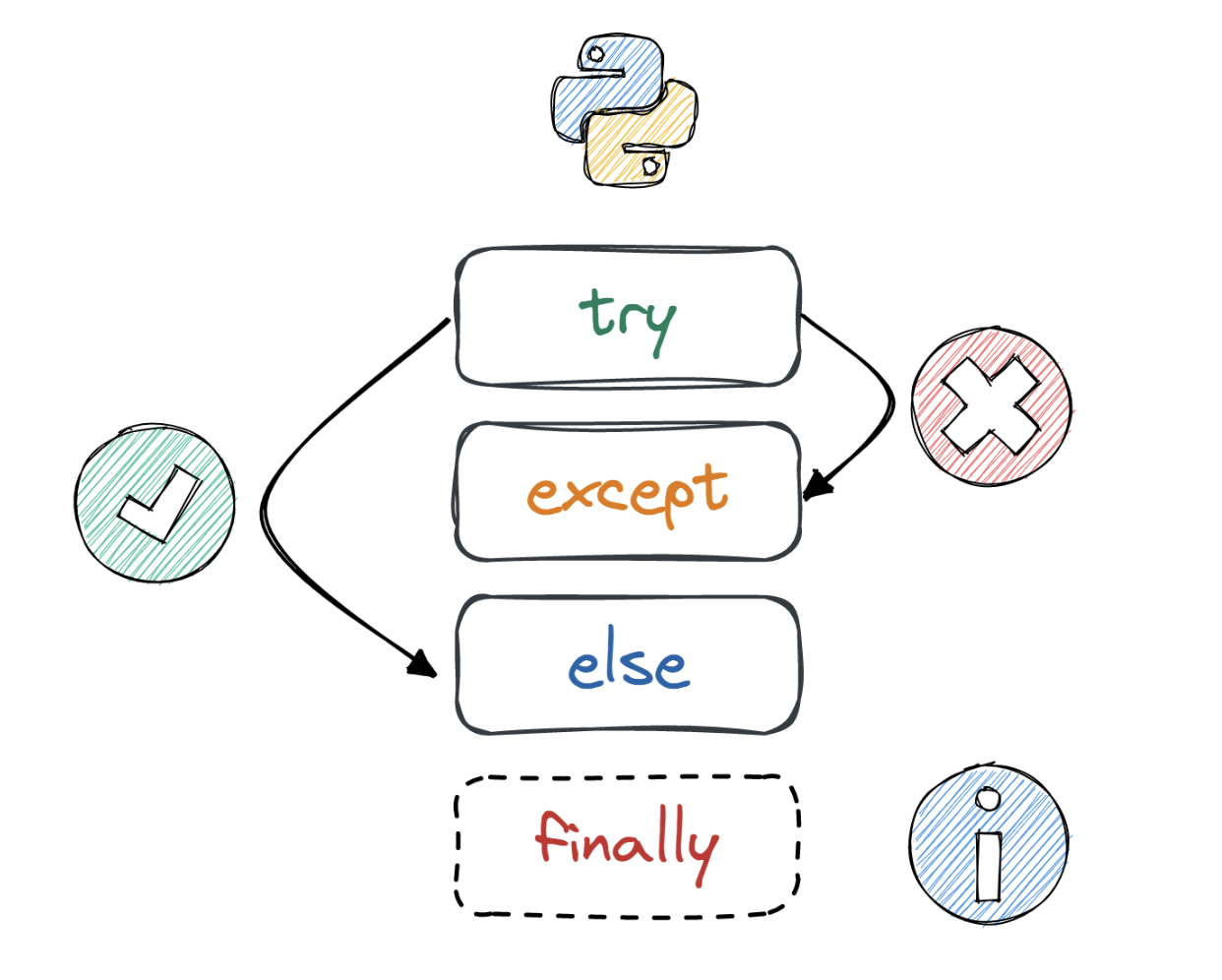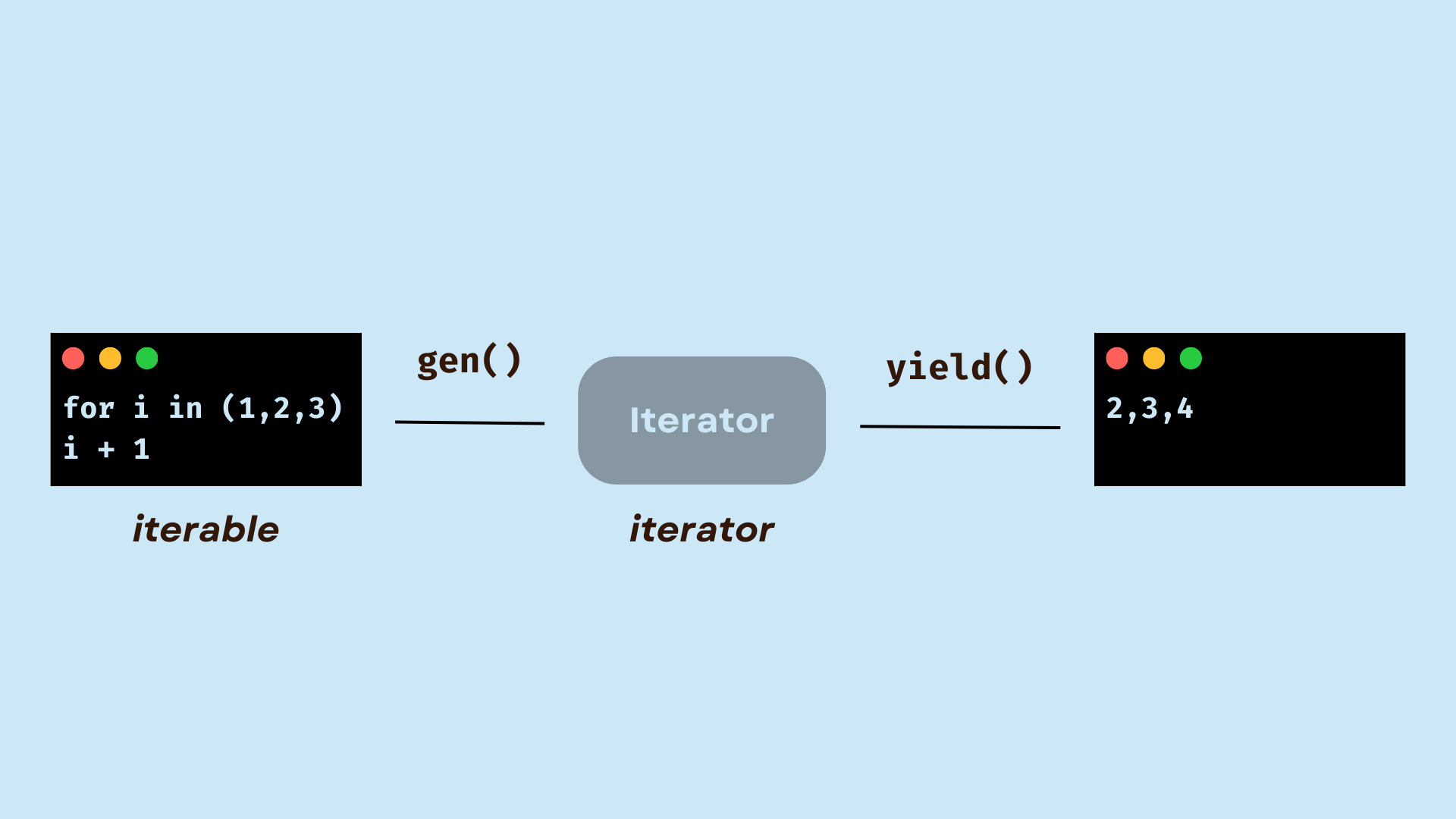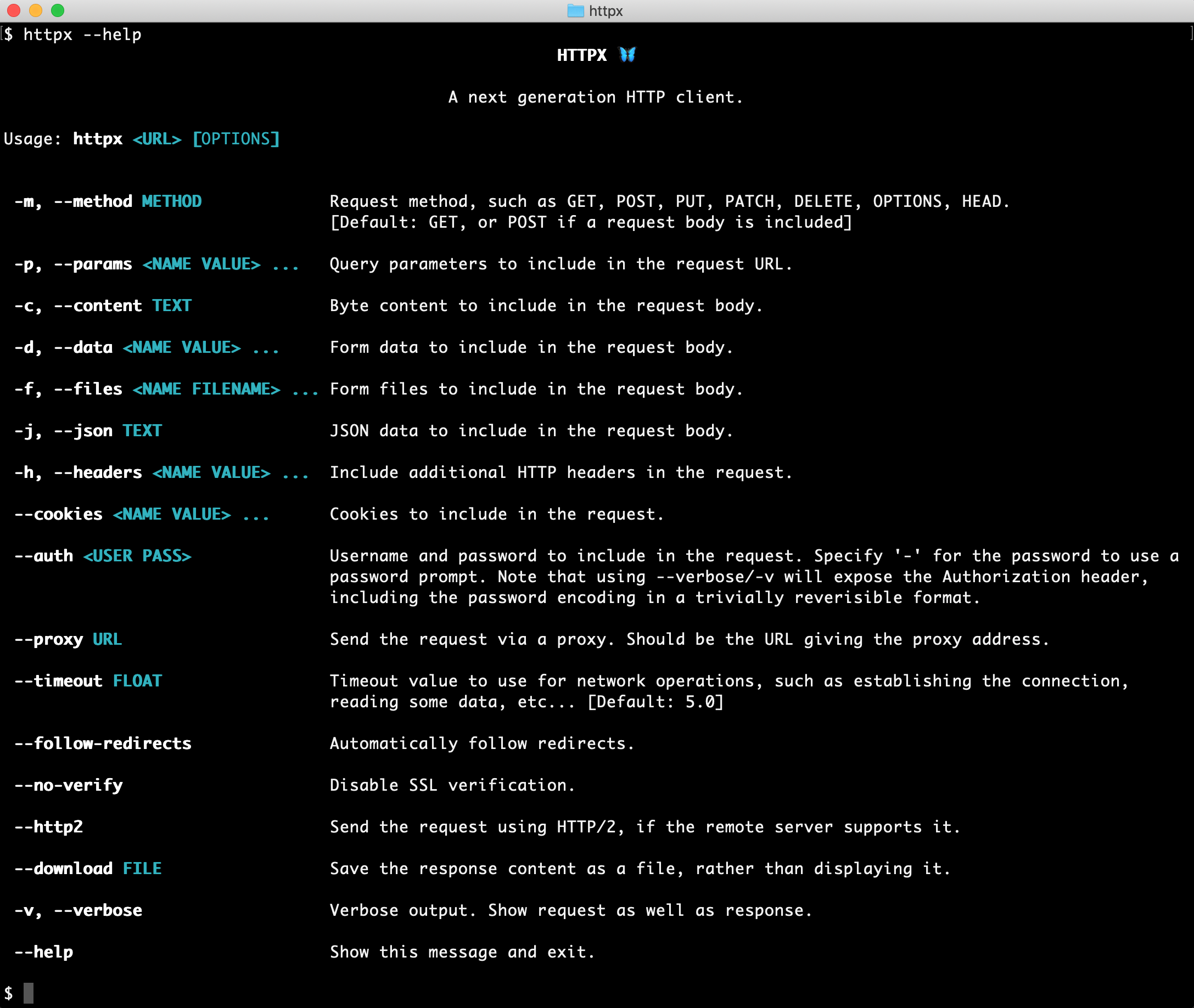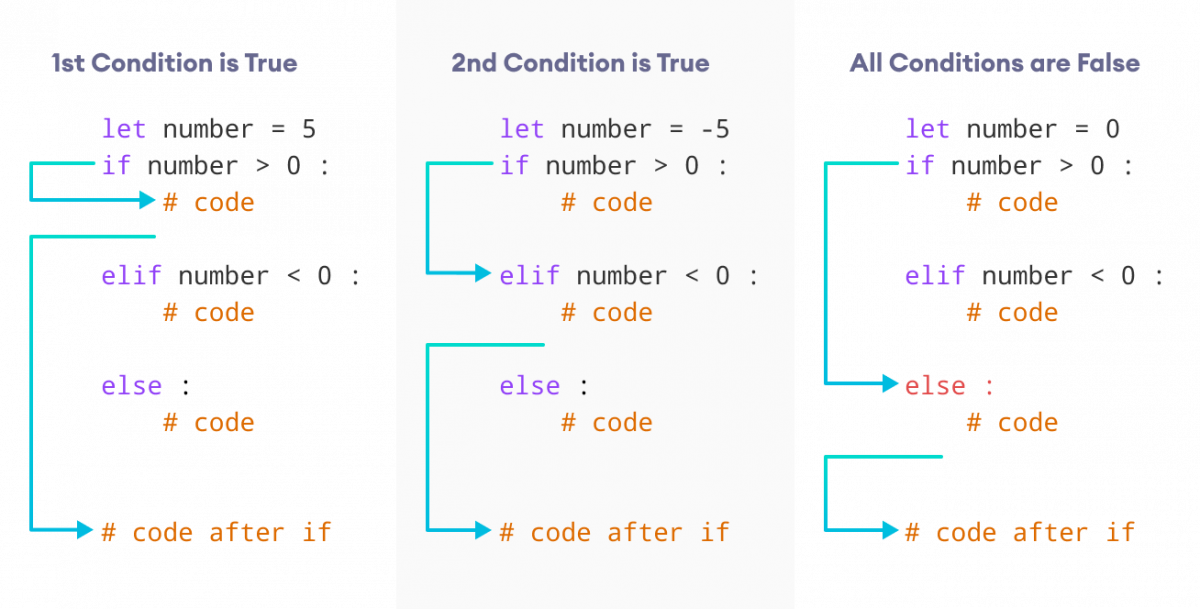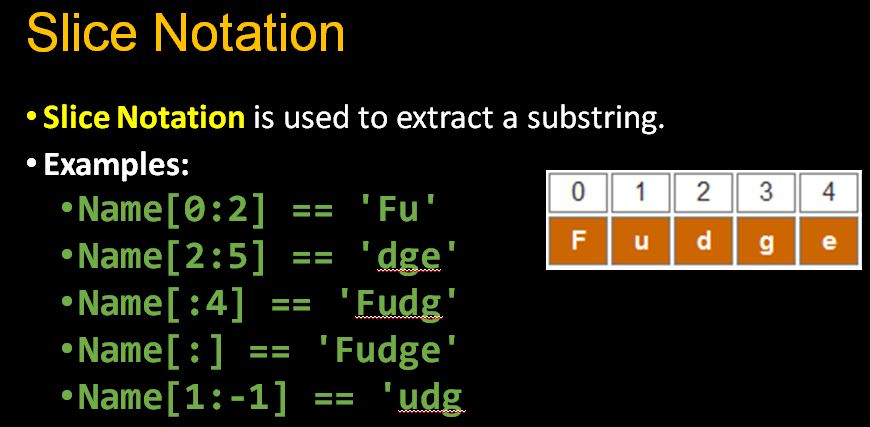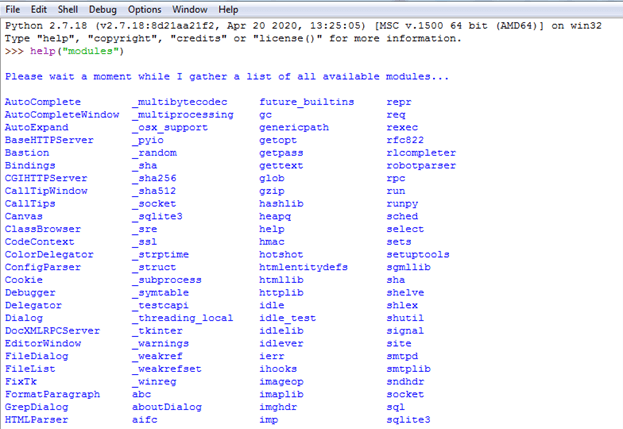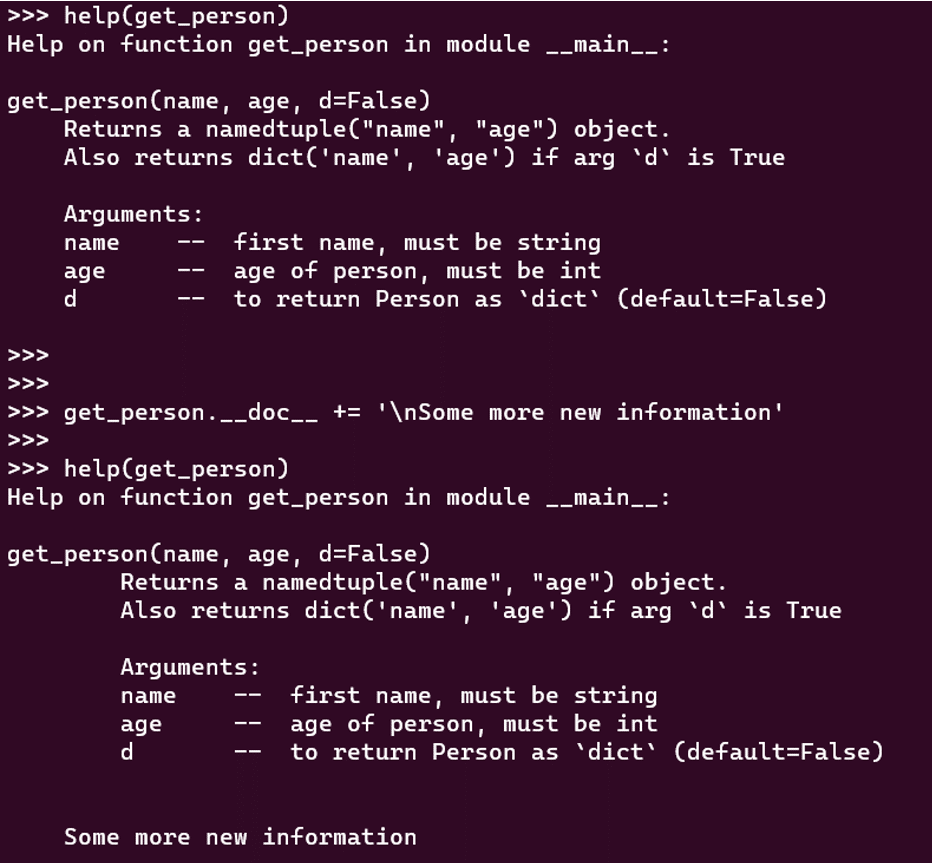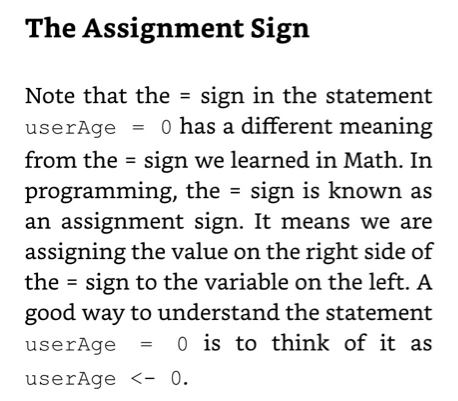How to check if something is in a list in Python?
How to check if something is in a list in Python?

I'm happy to help you with that!
Checking if an item is present in a list is one of the most common operations in programming, and Python has made it incredibly easy for us. There are several ways to do this, but I'll cover the most popular ones.
Method 1: Using in Keyword
You can use the in keyword to check if an item is present in a list. Here's how:
my_list = [1, 2, 3, 4, 5]
target_item = 3
if target_item in my_list:
print("Target item found!")
else:
print("Target item not found.")
In this example, we're checking if the target_item (which is 3) is present in my_list. If it is, the code inside the if statement will execute; otherwise, the code inside the else block will run.
Method 2: Using index() Method
Another way to check if an item is present in a list is by using the index() method. This method returns the index of the first occurrence of the specified item. If the item isn't found, it raises a ValueError.
Here's how you can use it:
my_list = [1, 2, 3, 4, 5]
target_item = 3
try:
index = my_list.index(target_item)
print(f"Target item found at index {index}.")
except ValueError:
print("Target item not found.")
In this example, we're trying to find the index of target_item in my_list. If it's present, we'll get the index and print a message indicating where it is. If it's not present, a ValueError will be raised, and we'll catch it with an except block.
Method 3: Using list() Method
You can also use the list() method to convert the list to a string, and then use the in keyword on that string. This might seem like an odd approach, but it's actually quite useful when working with lists of strings.
Here's how:
my_list = ['apple', 'banana', 'orange']
target_item = 'banana'
if target_item in str(my_list):
print("Target item found!")
else:
print("Target item not found.")
In this example, we're converting the list my_list to a string using the str() function. Then, we use the in keyword to check if the target_item is present in that string. If it is, the code inside the if statement will run; otherwise, the code inside the else block will execute.
In conclusion, checking if an item is present in a list is a common operation in Python programming. You can use the in keyword, the index() method, or convert the list to a string and then use the in keyword. Each approach has its own advantages and disadvantages, so choose the one that best fits your needs.
Remember, practice makes perfect! Try these methods out with different lists and items to get a feel for how they work. Happy coding!
if statement with list python
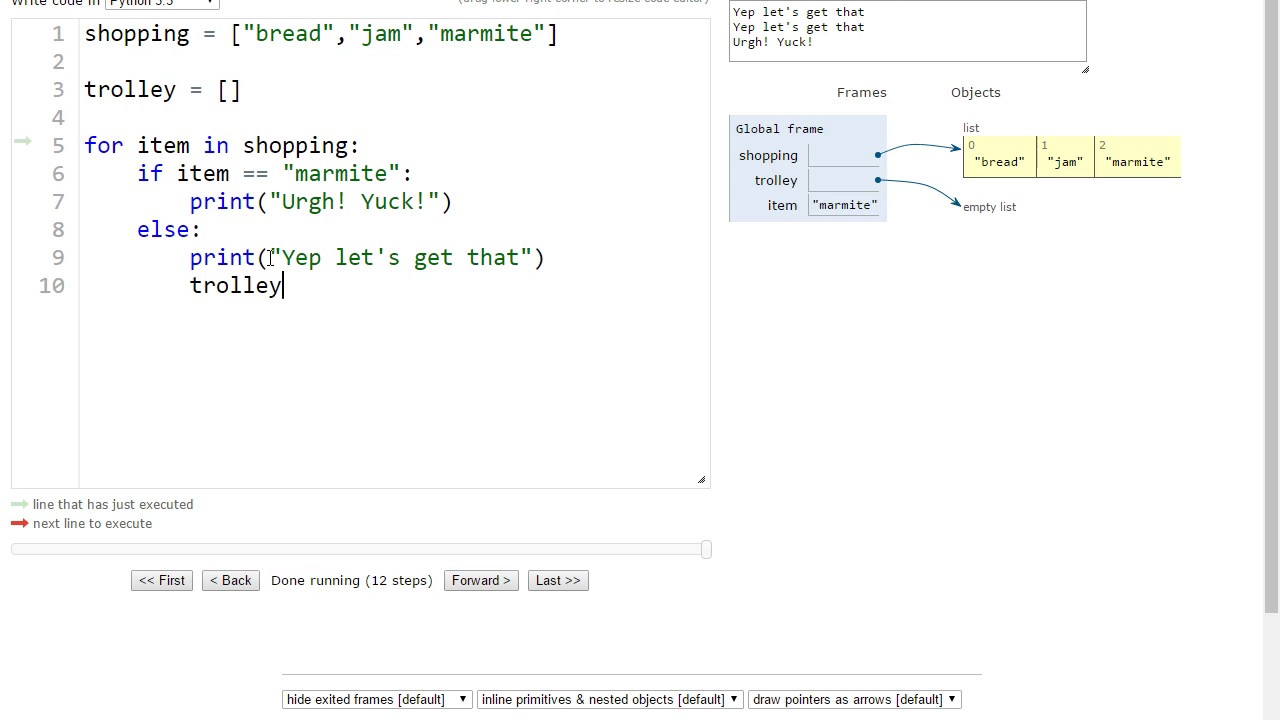
I'd be happy to provide an answer in English and also demonstrate a Python example using if-else statements with lists.
If-else statements in Python are used to execute different blocks of code based on the result of a conditional expression. A common use case for this is to handle different cases when iterating over a list. Here's how you can do it:
# Let's say we have a list of ages and we want to categorize them as 'kids' or 'adults'
ages = [5, 10, 15, 25, 30, 35, 40]
for age in ages:
if age < 18:
print(f"{age} is a kid.")
else:
print(f"{age} is an adult.")
In this example, we are using the if statement to check if each age in the list is less than 18. If it is, then we print that the person is a "kid." Otherwise, we print that they are an "adult."
Now, let's say you want to categorize these people based on their ages as follows:
'kids' for ages 0-17 'teens' for ages 18-19 'adults' for ages 20 and aboveHere's how you can do it:
ages = [5, 10, 15, 25, 30, 35, 40]
for age in ages:
if age < 1:
print(f"{age} is a kid.")
elif age < 18:
print(f"{age} is a teen.")
else:
print(f"{age} is an adult.")
In this case, we have added another elif statement to handle the 'teen' category. This elif statement checks if the age is less than 18, and if so, prints that the person is a "teen." The original if statement remains unchanged.
So, in summary, you can use if-else statements with lists in Python to categorize elements based on their properties, such as their value.

